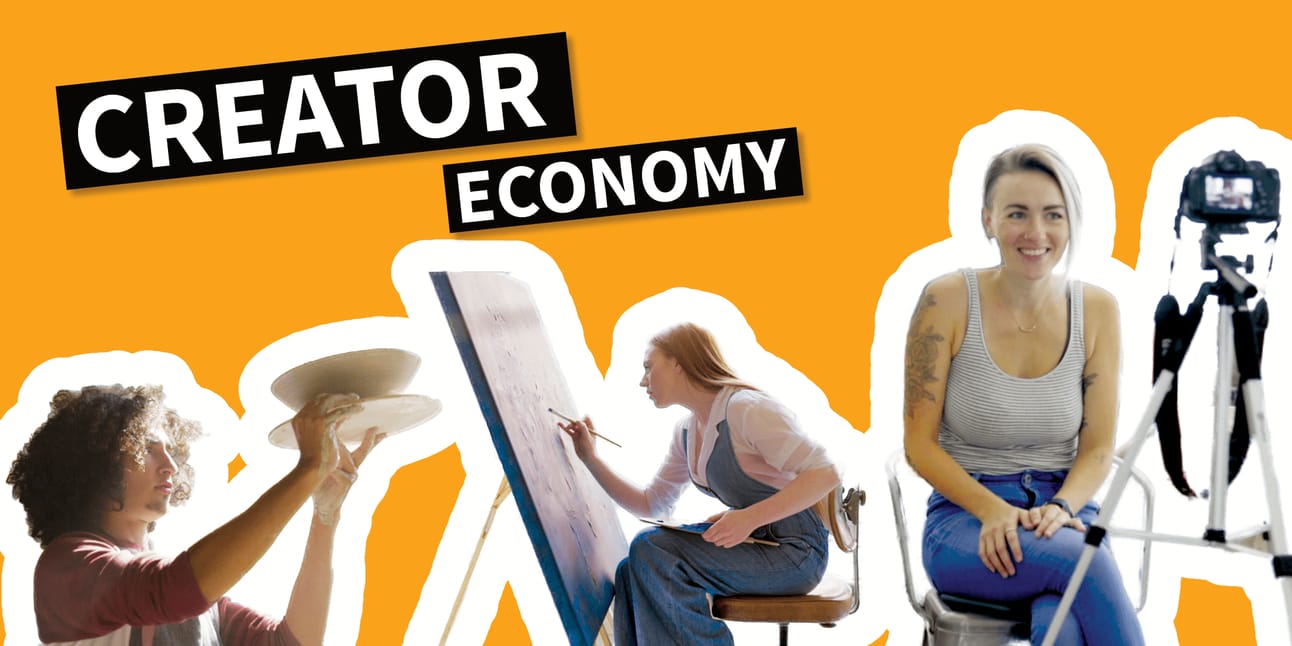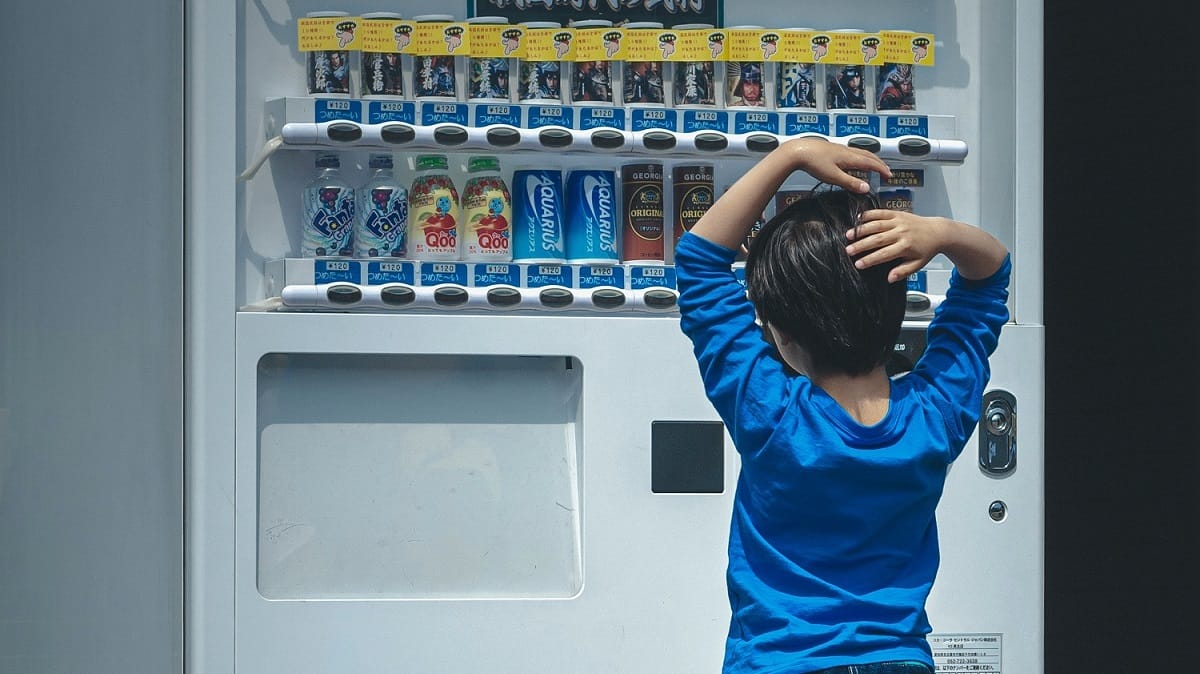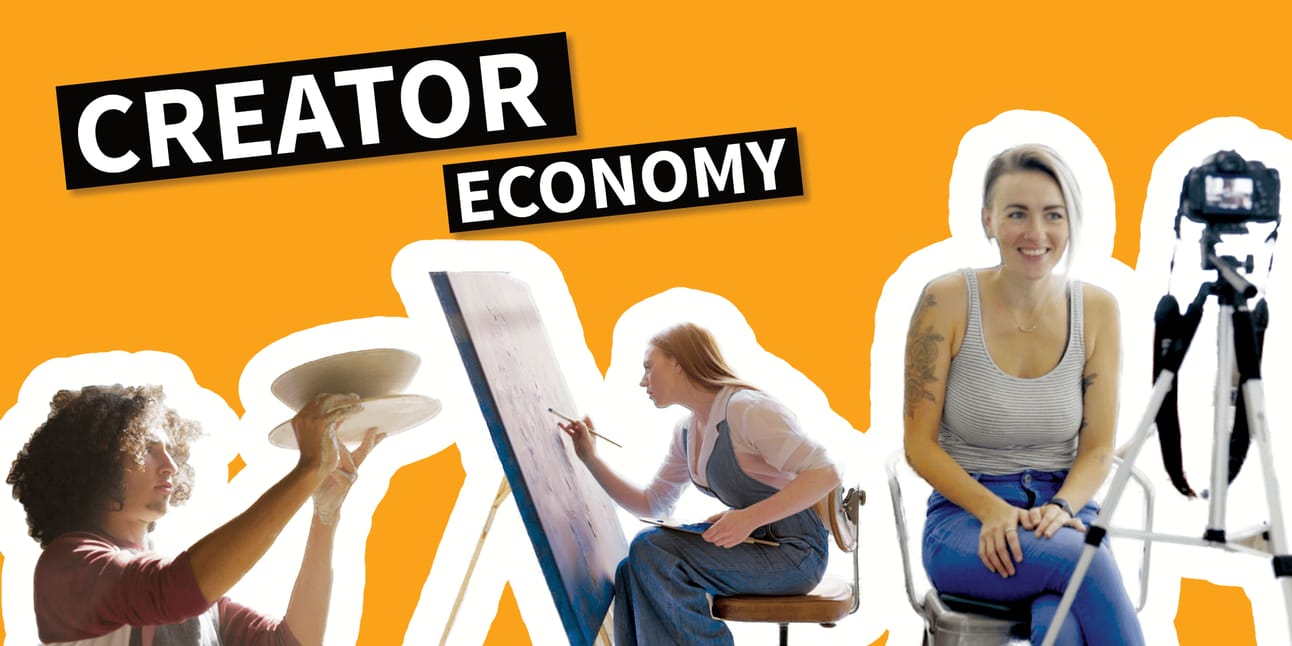- CPG Insider
- Posts
- Edition #17
Edition #17
Simplify choice in travel retail, smart distribution for startups, and the rise of the creator economy.

This week, we're diving into critical strategies for brands in a rapidly evolving market. We'll explore why simplifying choice is key for success in travel retail, helping you cut through the clutter. Next, we'll challenge startup brands to rethink their distribution approach, focusing on building demand before chasing major listings to avoid quick delistings. Finally, we'll examine the undeniable rise of the creator economy, urging brands to adapt their content strategies to leverage authentic, consumer-driven engagement.
Happy reading!
#1 Too Much Choice Kills Sales: Why Brands Need to Simplify in Travel Retail

Global travel retail is a powerful sales and visibility channel - but too many brands are getting it wrong.
They show up with too many SKUs, too much messaging, and too little clarity.
That’s not strategy.
That’s choice paralysis - and it’s costing you sales.
Travel Shoppers Don’t Browse -They Decide Fast
Unlike traditional retail where consumers linger, compare, and come back…
Travel retail is fast-paced, transient, and distraction-heavy.
Your consumer is:
Navigating crowds
Thinking about their gate, passport, or next stop
Likely unfamiliar with the environment
Shopping out of convenience, not curiosity
In this context, over-ranging doesn’t signal strength - it creates friction.
🧠Fewer Options = More Conversions
When you offer 8 formats of the same product, here’s what happens:
You force the shopper to do the mental work
You make it hard to spot the “right” option
You increase the likelihood they walk away with nothing
In contrast, a tight, focused range with clear messaging:
Reduces decision fatigue
Improves confidence at shelf
Speeds up conversion
Builds stronger brand recall
What Smart Brands Do Instead
The best-performing brands in travel retail simplify their offer and clarify the mission.
That means:
1–2 formats, max
Bold, benefit-first messaging
Packaging that stands out and explains itself
Clear link to usage occasion: “Perfect for the flight,” “Snack now, save one for later,” “Stay energised on the go”
Whether you’re in snacking, wellness, drinks or skincare - the principle’s the same:
Don’t make the shopper think. Make them say yes.
It’s Not Just for Big Brands
Challenger and startup brands can play this game beautifully.
You may not get the biggest fixture, but if your offer is clear and easy to navigate, you can own the moment.
Retailers want products that move.
Shoppers want decisions that feel easy.
Travel retail rewards the brands that remove complexity.
Final Word
Over-ranging isn’t a flex — it’s a flaw.
Especially in high-speed environments like airports, train stations, and service areas.
If you want to win in travel retail:
Reduce the range
Focus the message
Solve the shopper mission clearly
Because in travel, you don’t win by being everywhere.
You win by being the easiest “yes” in the aisle.
#2 Startup Brands: Stop Chasing Tesco and Start Building Smart Distribution

Here’s something I see far too often:
A startup brand lands a dream listing in a big national like Tesco…
…and is delisted within 12 weeks.
Why?
Because the listing was secured before the brand had real demand, awareness, or the infrastructure to support it.
Getting on shelf is hard.
But staying there is 10x harder - especially if you don’t have the marketing budget to drive rate of sale.
Big Retail Isn’t the First Move - It’s the Final Play
Tesco, Sainsbury’s, ASDA - these aren’t launchpads.
They’re pressure cookers.
National listings come with:
High onboarding costs
Strict rate of sale expectations
Limited room for underperformance
The need for trade spend, field teams, and promotional rotations
If you’re not ready to support it from Day 1, you’ll burn cash and get buried.
What You Should Do Instead: Build Smart, Not Big
Before you go big, go smart:
Secure the right wholesaler partner
Look for distribution with reach into the right types of stores - think independents, coffee chains, gyms, delis, or forecourts.
These are the environments where you can:
Educate staff
Control the shelf
Test formats and pricing
Create localised demand
Focus on secondary retail
Your goal should be getting traction in smaller, more flexible retailers where you can build brand pull before trying to scale distribution.
Think:
Booths
Holland & Barrett
Farm shops
Specialty health or convenience chains
Foodservice and on-the-go
You want to prove the product moves, collect data, build a story - then you talk to Tesco.
Distribution Strategy That Works
Here's what a winning rollout can look like:
Proof of concept through DTC or markets
Get initial traction and understand real-world feedback
Wholesale via targeted partners
Work with distributors who serve relevant retailers (like Epicurium, Tree of Life, Dundeis, CLF)
Secondary retail activation
Use founder-led selling, local activations and social content to drive in-store discovery
Gather data, refine product and messaging
Understand what sells, what channels overperform, and what occasions drive repeat
Approach national retail with evidence and leverage
By then, you’ll have stories, rate of sale data, and a following
Final Thought
Tesco is not your brand strategy - it’s your reward for building one.
You don’t need a national listing straight out the gate.
You need momentum. You need velocity. You need real-world proof that your product belongs on shelf.
So start small.
Build smart.
And earn the right to scale - on your terms.
Because it’s not about being everywhere.
It’s about being where your product wins.
#3 The Creator Economy Is the Next Big Push - And Brands Need to Catch Up

Scroll through any social feed today and you’ll see it:
Real people, not glossy ads, driving the most engagement.
Product reviews filmed in bedrooms outperforming studio shoots.
And creators - not influencers - shaping what we buy, try, and trust.
Welcome to the creator economy.
And if you’re a brand still clinging to corporate comms and top-down content, you’re being left behind.
What’s Changed?
For years, digital content has been controlled by brands and agencies.
But now, creators own the attention.
They’re:
Niche
Native to platforms
Highly trusted
Experts at storytelling that doesn’t feel like selling
And more importantly - they convert.
Not because they’re celebrities, but because they’re relatable.
And that relatability builds trust at scale.
Traditional Content Is Losing Impact
Let’s be honest:
Consumers scroll past polished ads.
Engagement on brand pages is flat.
In-house content rarely feels authentic.
Meanwhile, creators are building:
More reach
More engagement
More cultural relevance
And they’re doing it organically - not through media spend.
Why the Creator Economy Works for Brands
It’s scalable
You don’t need one big-budget influencer.
You can work with 50 micro-creators who speak directly to your niche audiences.It fuels your content engine
Most brands are hungry for assets.
Creators give you real-world, ready-to-use content across every touchpoint.It adds credibility
People trust people more than logos.
Especially when the story is told in the creator’s voice, not yours.It drives commerce
TikTok Shop, Amazon Influencer storefronts, affiliate links —
Creators aren’t just driving awareness.
They’re driving sales.
Think Creator-Led, Brand-Supported
Smart brands aren’t just hiring creators for one-off posts.
They’re building always-on creator ecosystems:
Long-term partnerships
UGC-style campaign launches
Whitelisted ads from creator handles
Creator-first seeding and sampling
This isn’t a one-time campaign.
It’s a content and distribution strategy in one.
How to Start Embracing the Creator Economy
Shift the mindset
It’s not influencer marketing. It’s distributed storytelling.Identify your brand’s community verticals
Not everyone needs to love you. Just the right groups.Find creators that align with missions, not just metrics
10k authentic followers in your niche > 1M generalist views.Repurpose and amplify smartly
Creator content doesn’t live and die on TikTok.
Use it on PDPs, ads, email, retail displays — everywhere trust matters.
Final Word
The creator economy isn’t a trend - it’s the future of digital content.
It’s decentralised, agile, and more human than anything your brand studio can produce.
So the question isn’t whether you should tap into it.
It’s whether you can afford not to.
Your customers already trust creators.
Now it’s time your brand starts working with them - not trying to compete.
Free Tools to Help your Brand
Digital Shelf - ShelfBoost: Optimise Your Product Listings with Ease
ShelfBoost is your ultimate tool for creating or optimising Product Detail Pages (PDPs) on Amazon, Shopify. Tesco, Wallmart, Target, Sainsbury’s. Whether you're launching a new product or revamping an existing listing, ShelfBoost helps you craft high-performing, search-optimised content that drives sales and boosts engagement.
Benefits of ShelfBoost:
Increase Sales: Optimised PDPs mean better visibility, improved conversion rates, and higher revenues.
Save Time: Say goodbye to hours spent tweaking titles, descriptions, and bullet points—ShelfBoost does the heavy lifting.
Search-Friendly: Integrates SEO best practices to help your product rank higher on Amazon and other digital shelves.
Customised Content: Tailors content to your product’s tone, audience, and seasonal needs.
Perfect for eCommerce sellers who want to stand out in crowded marketplaces and turn casual browsers into loyal customers.
Audience Builder - PersonaForge: Build Your Ideal Customer Profile Instantly
PersonaForge is your AI-powered tool for crafting detailed customer personas tailored to your brand, industry, and market. By simply inputting a few key details, PersonaForge delivers rich insights that can shape your marketing strategies, product development, and overall brand direction.
Benefits of PersonaForge:
Understand Your Audience: Get a clear picture of who your ideal customer is, what they care about, and how they behave.
Actionable Insights: Use detailed personas to align your campaigns, messaging, and product features to real customer needs.
Cross-Industry Use: Works for brands across all sectors, from startups to established businesses.
Save Resources: No need for expensive focus groups or time-consuming market research—PersonaForge delivers insights instantly.
With PersonaForge, you can transform vague assumptions into sharp, strategic actions that drive results.
Reply